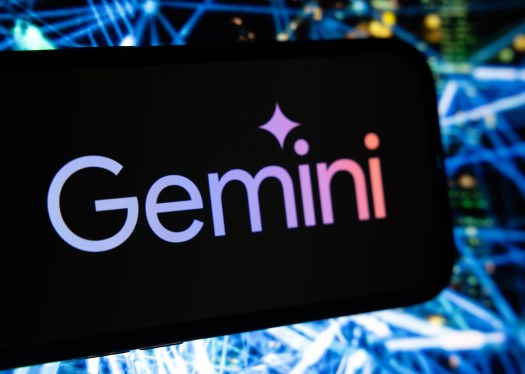AI Safety Concerns Arise as Google’s Gemini 2.5 Model Lacks Transparency

In an era where artificial intelligence (AI) continues to evolve rapidly, Google finds itself under scrutiny following the release of its most advanced model, Gemini 2.5 Pro. The model was unveiled alongside a technical report outlining its internal safety evaluations, but experts express concern over the report’s lack of depth. According to specialists in the field, the report does not sufficiently detail the potential risks associated with this new AI technology, raising alarms about the implications for safety.
Typically, technical reports are pivotal in providing insights into the capabilities and safety of AI models, serving both the industry and independent researchers. However, the latest publication from Google is criticized for being sparse and failing to adhere to full transparency. Experts argue that a clear understanding of safety measures is essential for assessing the risks posed by such powerful models.
Unlike some of its competitors, Google has adopted a cautious approach to safety reporting, only publishing findings once a model is deemed ready for public use. However, expert commentary suggests that this method leaves much unanswered and impedes a full understanding of how the model operates under potential dangers. Specifically, the omission of details regarding the Frontier Safety Framework, introduced last year, contributes to worries about whether Google is genuinely committed to its public safety promises.
Peter Wildeford, who co-founded the Institute for AI Policy and Strategy, criticized the new report’s inadequacy. “It’s challenging to ascertain if Google is adhering to its commitments regarding safety assessments, leaving us with uncertainty about the security of their AI products,” he stated. This sentiment was echoed by Thomas Woodside from the Secure AI Project, who noted previous delays in publishing crucial safety evaluations, reflecting a pattern that could undermine public trust in Google’s safety commitments.
Adding to the concern is Google’s recent communication regarding the Gemini 2.5 Flash model, which similarly lacks an available safety report. Google indicated that a report for this smaller, efficient model is forthcoming, prompting expectations for more frequent updates in the future to assess unlaunched models that may also harbor risks.
While Google pioneered the idea of standardized safety reporting in AI, it is not alone in facing allegations of opacity; other companies like Meta and OpenAI have similarly faced critique for their limited transparency in safety evaluations. Google’s promises to regulators emphasize its commitment to high standards, pledging to release safety reports for significant AI developments—a commitment that appears shaky amid ongoing scrutiny.
Kevin Bankston from the Center for Democracy and Technology has termed the current reporting trend a worrying “race to the bottom,” suggesting that insufficient documentation and rapid model deployments could severely undermine AI safety standards across the industry.
In statements, Google has asserted that safety testing is thoroughly conducted for all models before their release, even if those details remain absent from public reports. As the landscape of AI continues to expand, the call for clearer, more detailed safety protocols only grows louder, with experts and consumers alike demanding accountability and transparency as fundamental components of AI development.
